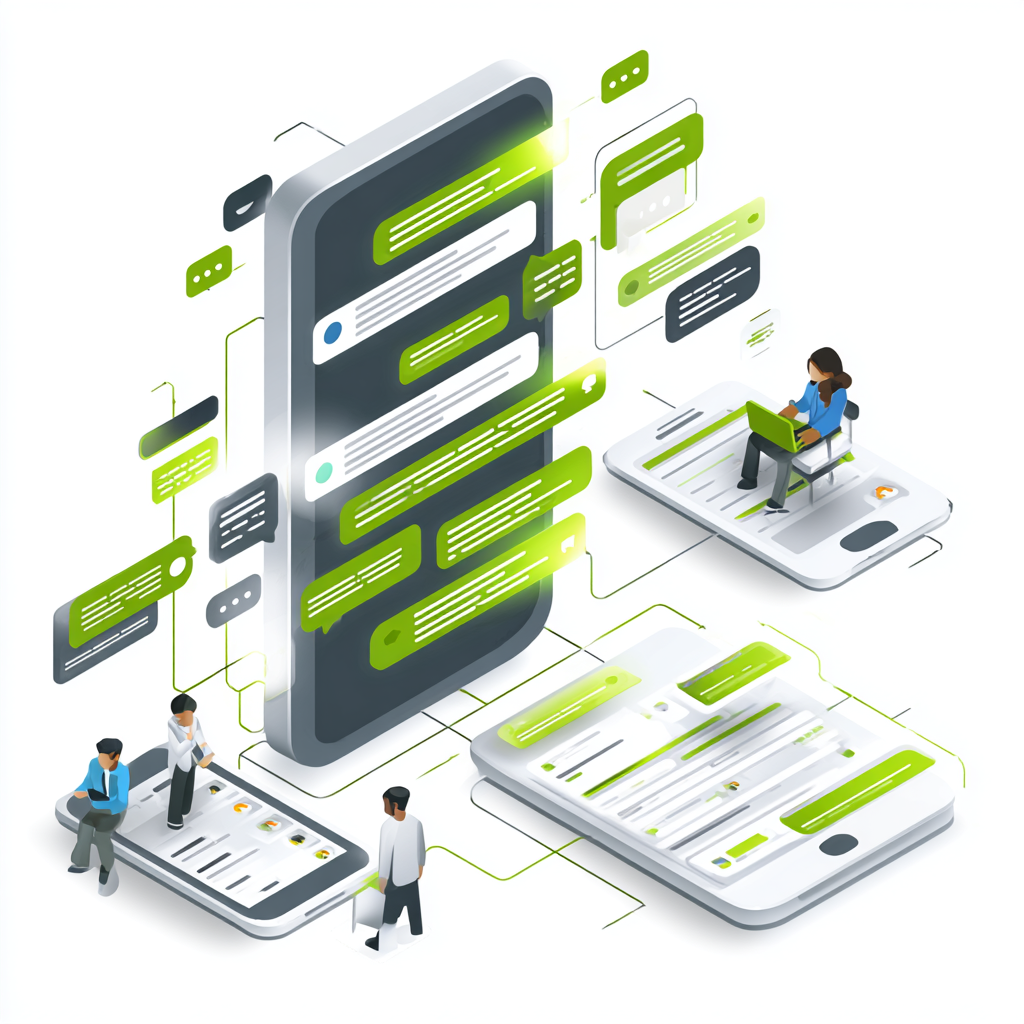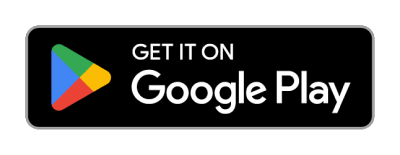Bulk SMS is a reliable method for efficiently reaching a broad audience. Its strength lies in its simplicity, allowing businesses to communicate quickly with many people. Yet, the real strength of bulk SMS is unleashed when combined with effective segmentation strategies. This article will look into segmentation strategies explicitly designed for the Nigerian market.
We will discuss how to categorize your audience effectively and provide practical insights to help you fine-tune your bulk SMS campaigns.
Definition of segmentation
SMS marketing segmenting involves breaking down a large, diverse audience into smaller, more defined groups based on specific criteria. This approach enables marketers to customize their messages better to suit each group’s needs and interests, ensuring their communications are more relevant and engaging for each segment.
Benefits of segmentation for bulk SMS in Nigeria
Effective segmentation can significantly enhance your bulk SMS campaigns by providing several key benefits, each illustrated with practical examples relevant to the Nigerian market:
- Improving targeting: Segmentation allows you to focus your messages on specific groups within your audience. For instance, a fashion retailer in Lagos could segment its SMS list by gender and age. If the retailer sends promotions for women’s clothing only to female subscribers and offers discounts on men’s apparel to male subscribers, the messages will be more relevant.
- Increasing engagement and response rates: Personalization through segmentation helps to capture more attention and encourage responses. Imagine a mobile network provider in Nigeria that segments its audience based on how much data they use.
- Enhancing customer experience: Segmentation makes interactions more relevant, improving the overall customer experience. For example, a health clinic in Abuja could segment its patients by their health interests or previous appointments. If the clinic sends reminders for upcoming check-ups or health tips based on the patients’ specific interests, the messages are more likely to be useful and appreciated.
- Optimizing resource allocation: Focusing your marketing resources on specific segments can help you effectively. Consider a real estate company in Port Harcourt that segments its audience into those interested in residential and commercial properties.
- Driving better results: Segmentation allows for continuous improvement in your marketing strategy. For instance, an e-commerce business in Nigeria could segment its customers based on their previous purchases. The company can adjust its messaging strategy by analyzing which segments respond best to different promotions.
- Maximizing your ROI (Return on Investment): Targeting high-value customers through segmentation helps maximize ROI. For example, a travel agency in Nigeria might segment its audience by travel frequency and preferences.
- Improving personalization and boosting your bottom line: Personalized messages are more likely to drive sales and improve financial performance. For example, a supermarket chain in Nigeria could segment its customer base based on its shopping history.
- Promoting engagement and increasing conversions: Sending messages at the right time can enhance engagement and conversion rates. For instance, an event organizer in Nigeria might segment their audience based on location and interests. The organizer can increase the likelihood of people attending by sending event invitations or updates relevant to the recipient’s geographic location and interests.
- Reducing dropout rate and enhancing customer retention rates: Segmentation helps re-engage customers and reduce churn. For example, a subscription service in Nigeria might identify customers who last interacted with their service a while ago.
- Maximizing reach and impact: Bulk SMS allows businesses to attain a large audience quickly and efficiently, amplifying the effect of segmented campaigns. For example, a restaurant chain in Nigeria could use bulk SMS to send promotions to segmented groups, such as frequent diners, new customers, and those who have not visited recently.
Key segmentation strategies
Essential segmentation strategies to consider include:
1. Demographic segmentation
Demographic segmentation involves categorizing your audience based on age, gender, income, and education level. For example, a retail brand might send different promotional messages to young adults compared to middle-aged customers, reflecting their varying preferences and buying behaviors. For example, A fashion retailer could target younger customers with trendy clothing offers while promoting more classic styles to an older demographic.
2. Geographic segmentation
Geographic segmentation focuses on the location of your recipients. Nigeria’s diverse regions, from Lagos to Kano, have unique cultural and economic characteristics. Tailoring your messages to reflect these regional differences can enhance relevance. For example, A real estate company might send targeted SMS about property investments in Lagos to urban professionals and promote rural property options to those in less urbanized areas.
3. Behavioral segmentation
Behavioral segmentation is based on recipients’ actions and interactions with your brand. This includes purchase history, frequency of engagement, and past behavior. You can create messages that cater to specific behaviors by analyzing these patterns. A good example is a telecom company sending special offers to frequent data users while targeting less frequent users with introductory discounts.
4. Psychographic segmentation
Psychographic segmentation delves into your audience’s lifestyle, interests, and values. Understanding these aspects helps you craft messages that align with recipients’ preferences and aspirations. For instance, a health and wellness brand could segment its audience based on interests in fitness and nutrition by sending personalized content and offers related to each interest group.
5. Time-based segmentation
Time-based segmentation involves sending messages at optimal times based on recipient behavior or preferences. This could include the time of day, day of the week, or even specific events or seasons. An e-commerce store, for example, might send flash sale notifications during peak shopping hours or special promotions on weekends when engagement is typically higher.
Segmentation strategies for Bulk SMS in Nigeria
Implementing these strategies will enhance the relevance of your messages, improve engagement, and achieve better results from your bulk SMS efforts.
1. Data collection and analysis
Collecting accurate data on your recipients is crucial for effective segmentation. This includes demographic details, purchase history, and engagement metrics. Use surveys, transaction records, and analytics tools to gather and analyze this data.
2. Choosing the right tools
Invest in SMS platforms and Customer Relationship Management (CRM) systems that support segmentation. These tools can automate sending tailored messages and provide insights into campaign performance.
3. Crafting tailored messages
Once segments are defined, craft personalized messages addressing each group’s needs and interests. Ensure your content is relevant, engaging, and actionable to maximize its impact.
Challenges and Considerations to know
While effective segmentation can significantly enhance the success of bulk SMS campaigns, it has challenges. Addressing these challenges thoughtfully ensures that your segmentation strategies are effective and sustainable.
1. Data privacy and compliance
One of the foremost concerns in segmentation is adhering to data privacy laws and regulations. Like many other countries, Nigeria has strict guidelines on collecting, storing, and using personal data.
How to overcome:
- Stay informed: Stay up-to-date with local data protection laws and ensure your practices comply.
- Implement secure measures: Use encryption and secure systems to protect recipient data. Communicate your data usage policies to your audience.
2. Data Accuracy
Accurate segmentation relies on precise data. Inaccurate or outdated data can lead to ineffective targeting and wasted resources. For instance, if your data on customer preferences is not up-to-date, your messages might miss the mark, leading to lower engagement rates.
How to overcome:
- Regularly update data: Continuously verify and update your data to maintain accuracy.
- Use reliable sources: Ensure the data collected is from credible and verified sources to reduce errors.
3. Balancing personalization and privacy
While personalization enhances engagement, over-personalizing can sometimes make recipients uncomfortable or feel invaded.
How to overcome:
- Respect preferences: Allow recipients to set their preferences for the type and frequency of messages they receive.
- Transparency: Explain how their data will be used and offer easy options to opt out or adjust settings.
4. Integration with existing systems
Integrating segmentation strategies with existing systems, such as CRM or SMS platforms, can be challenging.
How to overcome:
- Choose compatible tools: Select platforms that easily integrate your existing systems.
- Invest in training: Ensure your team is well-trained in using these tools effectively to maximize their potential.
5. Measuring effectiveness
Evaluating the success of segmentation efforts can be complex. Knowing which metrics to track and how to interpret them is critical for assessing the impact of your segmentation strategies.
How to overcome:
- Define clear metrics: Establish your campaigns’ objectives and key performance indicators (KPIs).
- Analyze and adapt: Regularly review campaign performance data and make necessary adjustments based on your findings.
Making every message count: Mastering bulk SMS segmentation in Nigeria
Effective segmentation is crucial for enhancing the impact of bulk SMS campaigns in Nigeria. Marketers can craft highly personalized messages that truly resonate with their audience by using demographic, geographic, behavioral, psychographic, and time-based segmentation. This approach boosts engagement and drives better response rates and overall campaign success.
Actionable tips:
- Invest in reliable data collection and analysis tools: Utilize advanced tools to gather and analyze recipient data accurately.
- Tailor your messages: Customize your SMS content to align with each segment’s interests, behaviors, and preferences.
- Continuously monitor and refine your strategies: Review and adjust your segmentation strategies regularly based on performance data and feedback.





